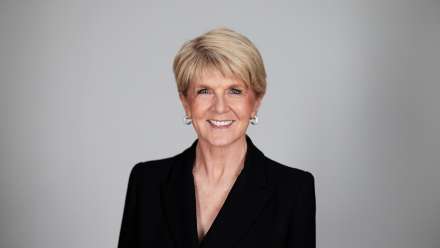200,000 kids exposed to serious levels of parental gambling
Almost 200,000 Australian children are exposed to moderate or serious levels of risky gambling by a parent each year, according to a new study from The Australian National University (ANU).
The study is the first to report the number of families and children exposed to risky parental gambling across Australia.
Lead author and Director of the Centre for Gambling Research at ANU, Dr Aino Suomi, said the study showed 10 per cent of all Australian parents had engaged in some level of risky gambling in the past year.
"Problem gambling is a significant public health concern on its own, but the experience of gambling-related harm reaches much wider," Dr Suomi said.
"Children are most vulnerable to this harm, which can include psychological stress, and negative impacts on family relationships.
"Parental gambling is also associated with child welfare concerns - things like neglect, poor nutrition and family violence."
According to the research team, despite recognition of the negative impacts of gambling on children, until now there's been little research done to quantify the extent of the issue in Australia.
This new study shows just under 60,000 children were exposed to the highest level of parental gambling problems, likely to result in significant harm.
At the other end of the scale, nearly half a million children were exposed to parental gambling at lower-risk levels.
"This means in total, 13.6 per cent of Australian children were exposed to some level of at-risk parental gambling," Dr Suomi said.
"It's clear we need to specifically consider and address child wellbeing in these families.
"This includes educating children about what gambling problems look like, as well as reducing the stigma around seeking help."
The study analysed data from the Household, Income and Labour Dynamics in Australia (HILDA) Survey.
The research team included experts from the ANU Research School of Population Health as well as Melbourne Institute of Applied Economic and Social Research at the University of Melbourne.
The results have been published in the journal Addictive Behaviours.


